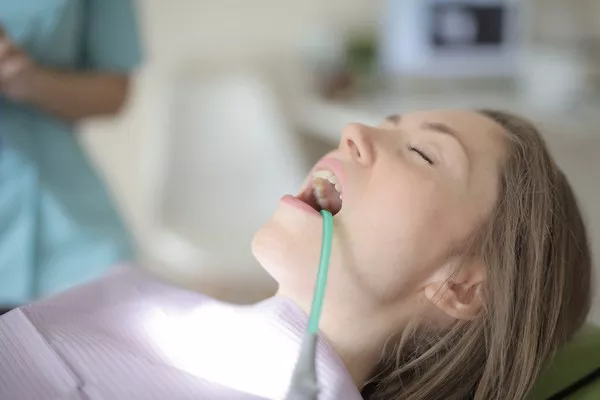Dental fillings are commonly used to restore teeth affected by decay or damage. While these restorations provide invaluable benefits, some individuals may experience temporary sensitivity or discomfort after getting a filling. This article aims to explore the reasons behind why fillings may sometimes cause pain or sensitivity and provide insights into mitigating these issues.
The Nature of Tooth Sensitivity
To understand why fillings can cause discomfort, it’s crucial to grasp the concept of tooth sensitivity. This section will delve into the following aspects:
Dentin hypersensitivity:
Dentin, the layer beneath the tooth’s enamel, contains tiny tubules that communicate with the nerves. When dentin is exposed or irritated, sensations such as temperature changes or pressure can trigger sensitivity.
Nerve stimulation:
Certain actions during the filling procedure, such as drilling, excavation, or bonding, can temporarily irritate the dental nerves, leading to sensitivity.
Inflammatory response:
The placement of a filling can cause a mild inflammatory response in the surrounding tissues, resulting in temporary discomfort.
Factors Influencing Filling Sensitivity
Multiple factors can contribute to post-filling sensitivity. This section will shed light on the following factors:
Size and depth of the cavity: Larger and deeper cavities may require more extensive tooth preparation, which can increase the risk of sensitivity.
Proximity to the dental pulp: If the decay or damage is close to the dental pulp, the innermost part of the tooth containing nerves and blood vessels, there is a higher chance of sensitivity.
Filling material: Different filling materials have varying thermal conductivity properties, potential for shrinkage, and compatibility with tooth structure, which can influence sensitivity levels.
Technique and bonding agents: The skill of the dentist, precise placement, and proper use of adhesive systems can impact post-filling sensitivity.
Managing Filling Sensitivity
While filling sensitivity is usually temporary, managing and alleviating discomfort is essential for patients’ well-being. This section will discuss strategies to address filling sensitivity:
Give it time:
Mild sensitivity after a filling is normal and typically subsides within a few days or weeks as the tooth adjusts to the restoration. Patience is key.
Over-the-counter pain relief:
Non-prescription pain relievers, such as ibuprofen or acetaminophen, can help manage post-filling discomfort. However, it’s crucial to follow dosage instructions and consult with a healthcare professional if necessary.
Desensitizing toothpaste:
Specialized toothpaste formulated for sensitive teeth may provide relief by blocking the tubules in dentin and reducing nerve irritability.
Fluoride treatments:
In-office fluoride application or at-home fluoride rinses can strengthen tooth enamel, reducing sensitivity and promoting remineralization.
Avoiding triggers:
Patients should avoid consuming extremely hot or cold foods and beverages, as well as sticky or hard-to-chew foods that can exacerbate sensitivity.
Bite adjustment:
If the filling interferes with the bite, adjusting the restoration’s shape or height can alleviate discomfort caused by excessive pressure on the tooth.
Seeking Professional Guidance
Persistent or severe filling sensitivity should be addressed by a dental professional. This section highlights the importance of seeking professional guidance:
Dental evaluation: Dentists can assess the cause and severity of filling-related sensitivity through a comprehensive examination, including X-rays and tests.
Filling replacement: In some cases, fillings may need to be replaced if they are incorrectly shaped, have improper margins, or are causing persistent discomfort.
Alternative treatment options: Depending on the circumstances, dentists may recommend alternative treatments like dental bonding, dental crowns, or inlays/onlays to address persistent sensitivity.
Personalized advice: Dental professionals can provide specific guidance tailored to individual cases, including oral hygiene recommendations and lifestyle modifications.
Conclusion
While fillings are generally successful in restoring teeth, it’s not uncommon for some individuals to experience temporary sensitivity or discomfort. Understanding the nature of tooth sensitivity, the factors influencing filling sensitivity, and the strategies to manage it can help patients navigate this aspect of dental care more effectively. Most post-filling sensitivity resolves on its own, but seeking professional guidance is vital for persistent or severe cases. Dentists possess the expertise to diagnose the cause of the sensitivity, recommend appropriate interventions, and provide personalized advice to ensure optimal oral health and patient comfort. By partnering with dental professionals and staying proactive about oral hygiene and care, patients can minimize the potential discomfort associated with dental fillings and enjoy restored dental health without unnecessary pain.
Related Topics:































